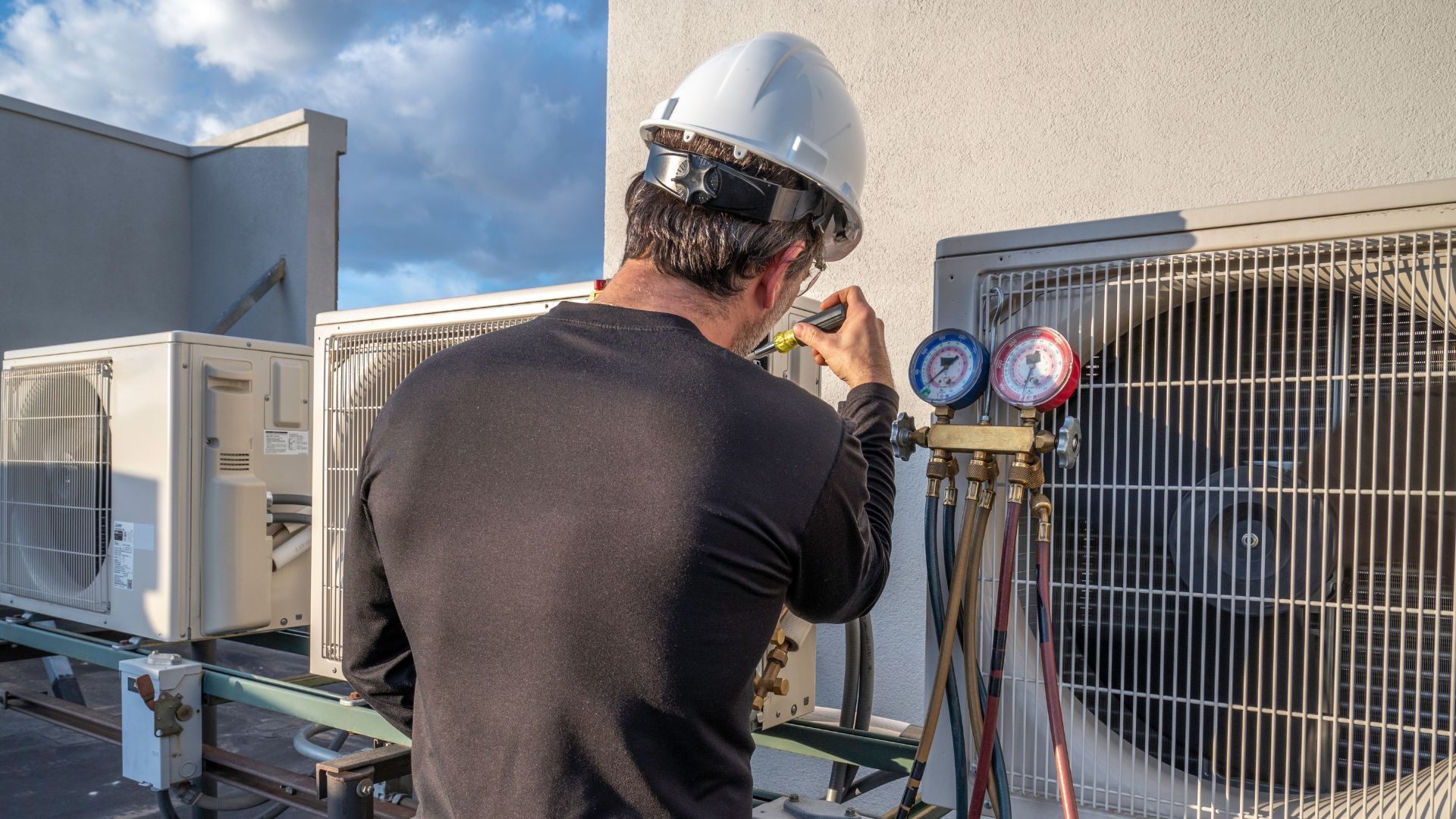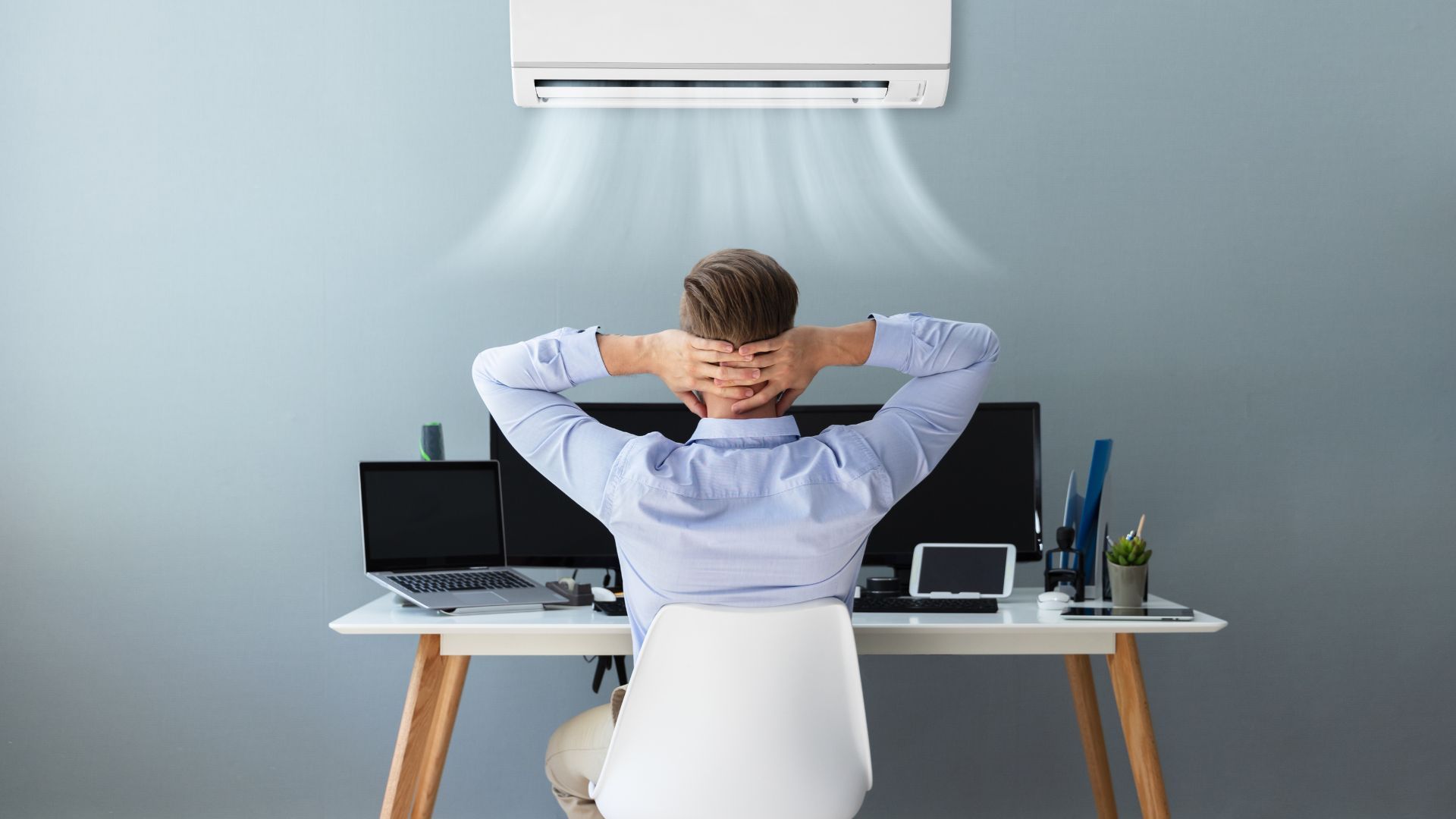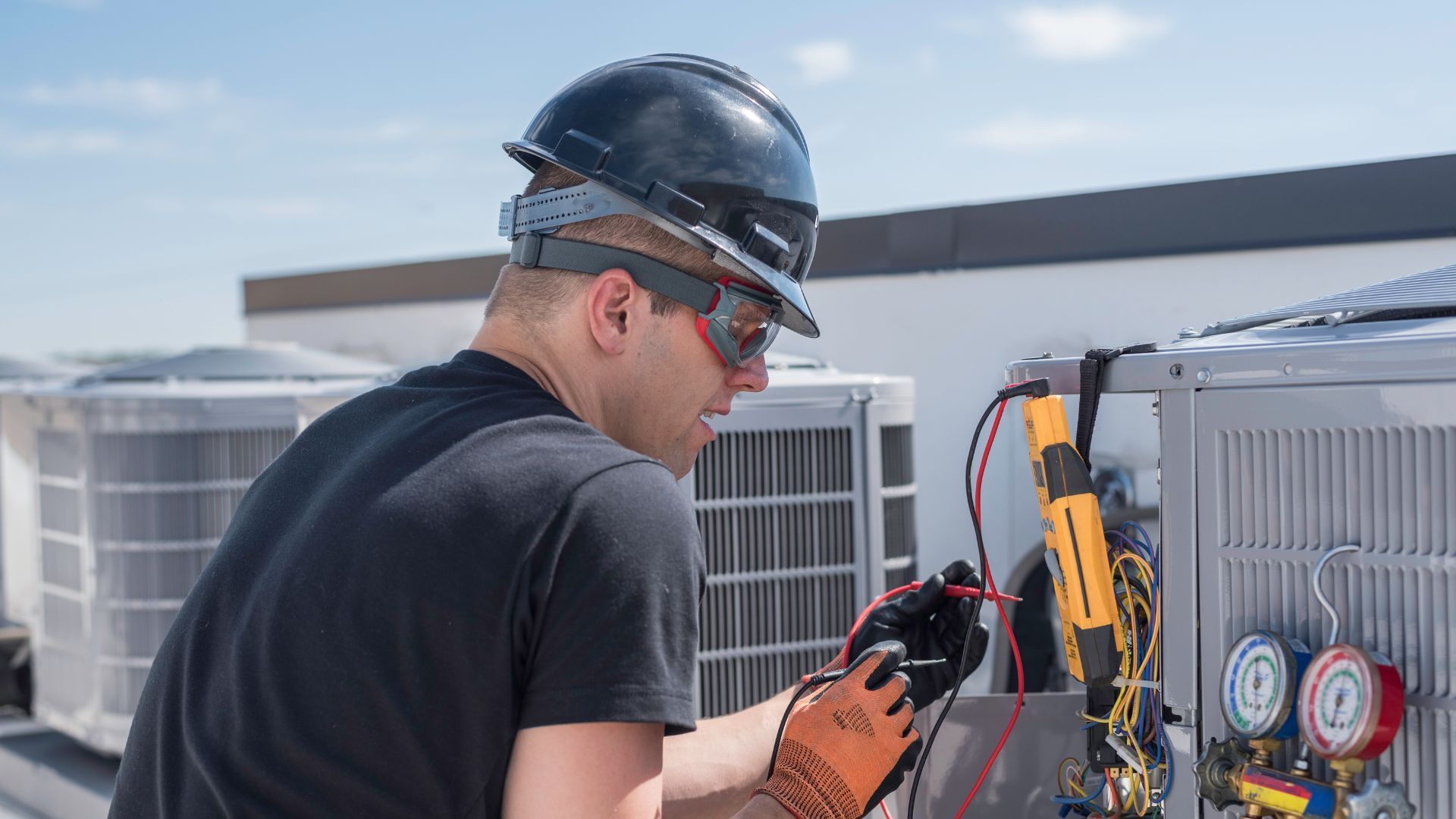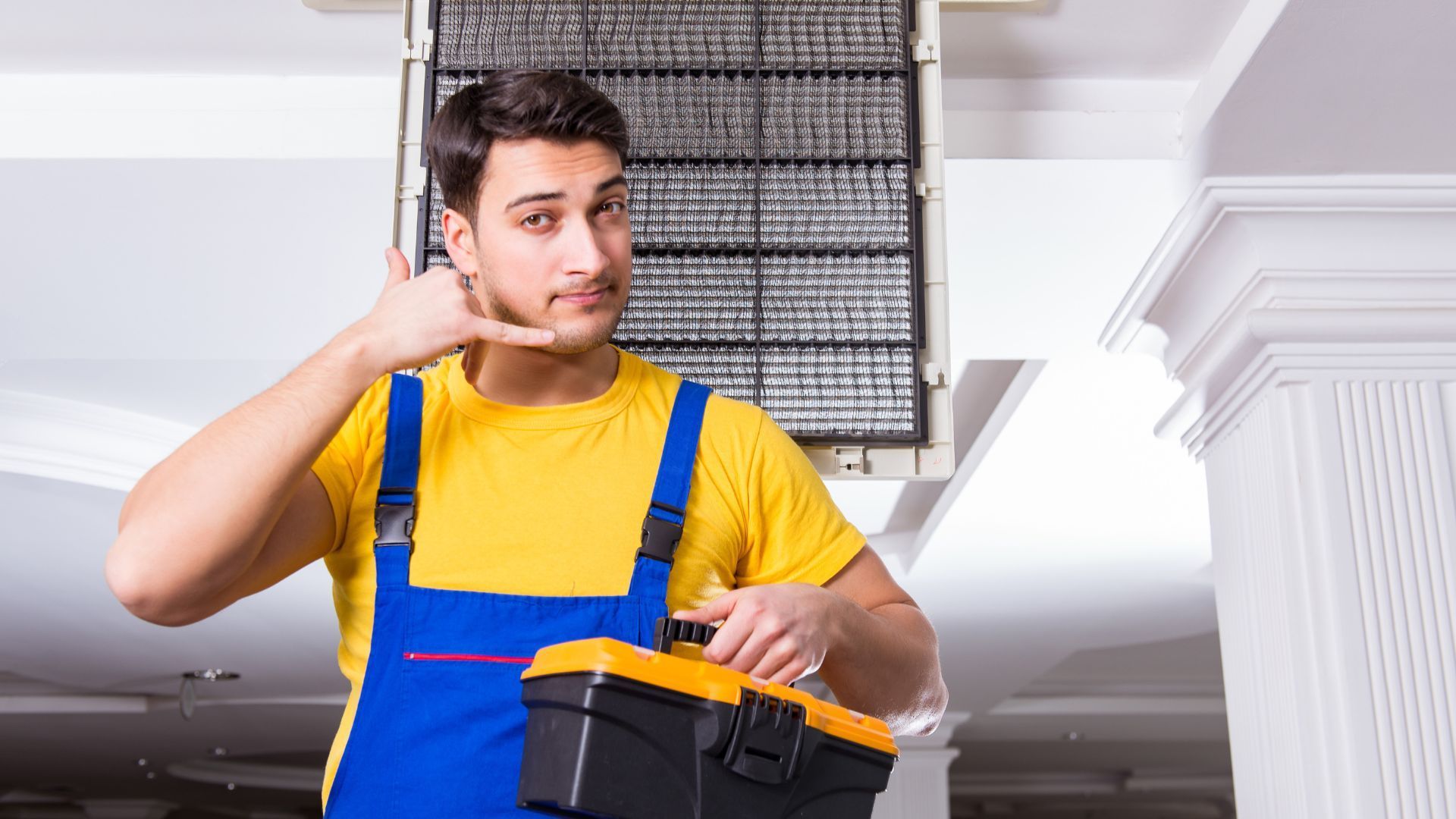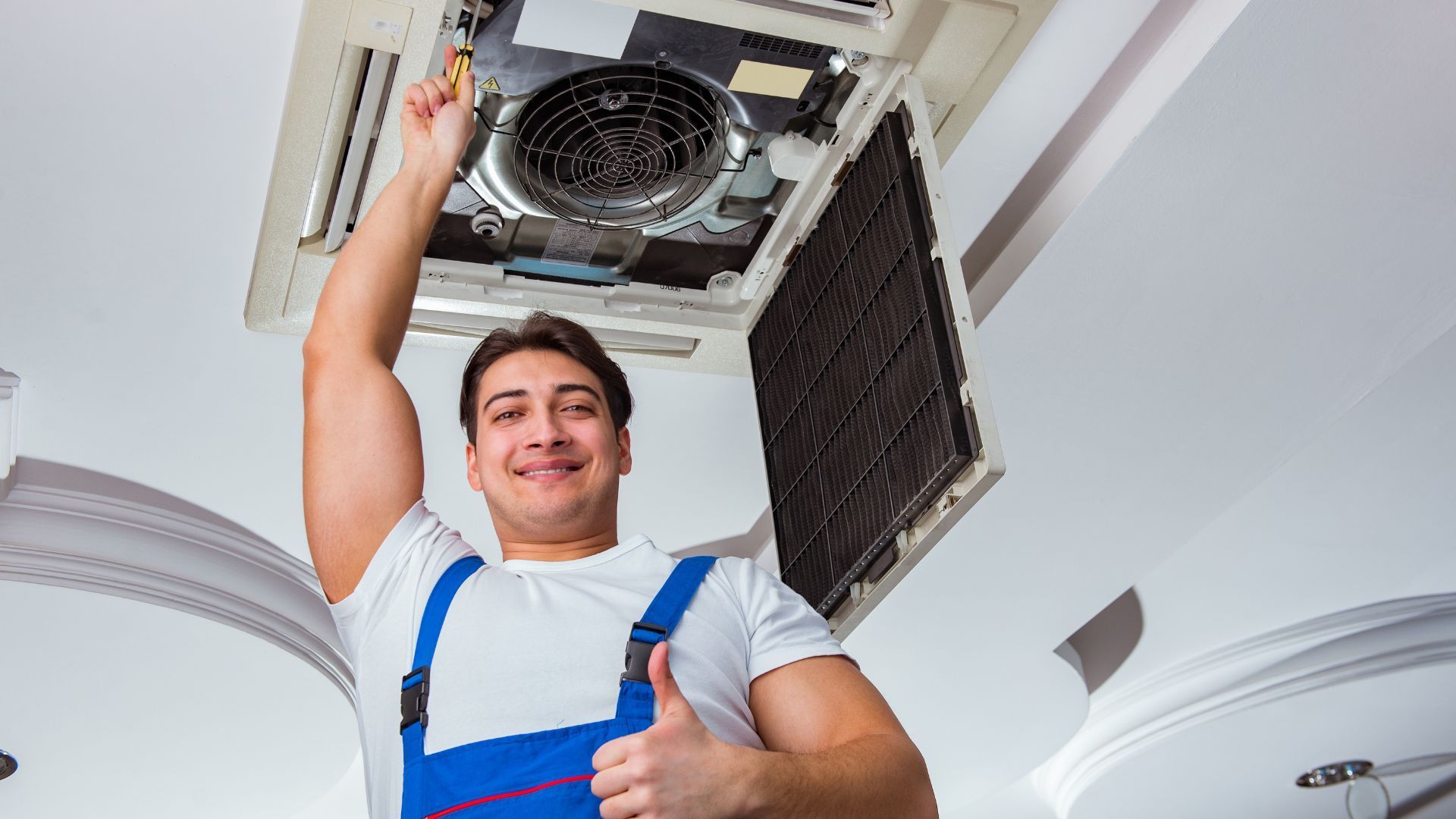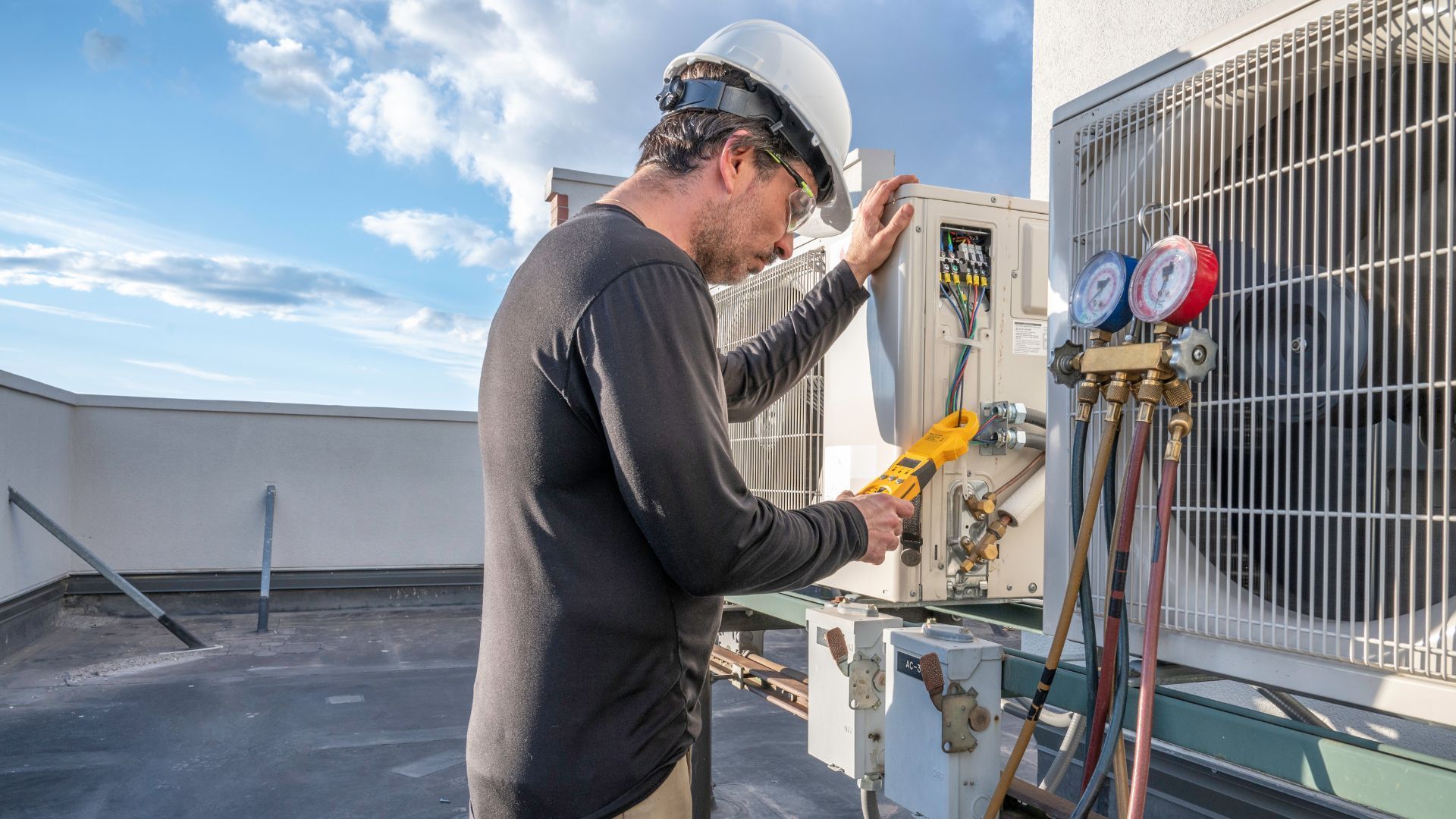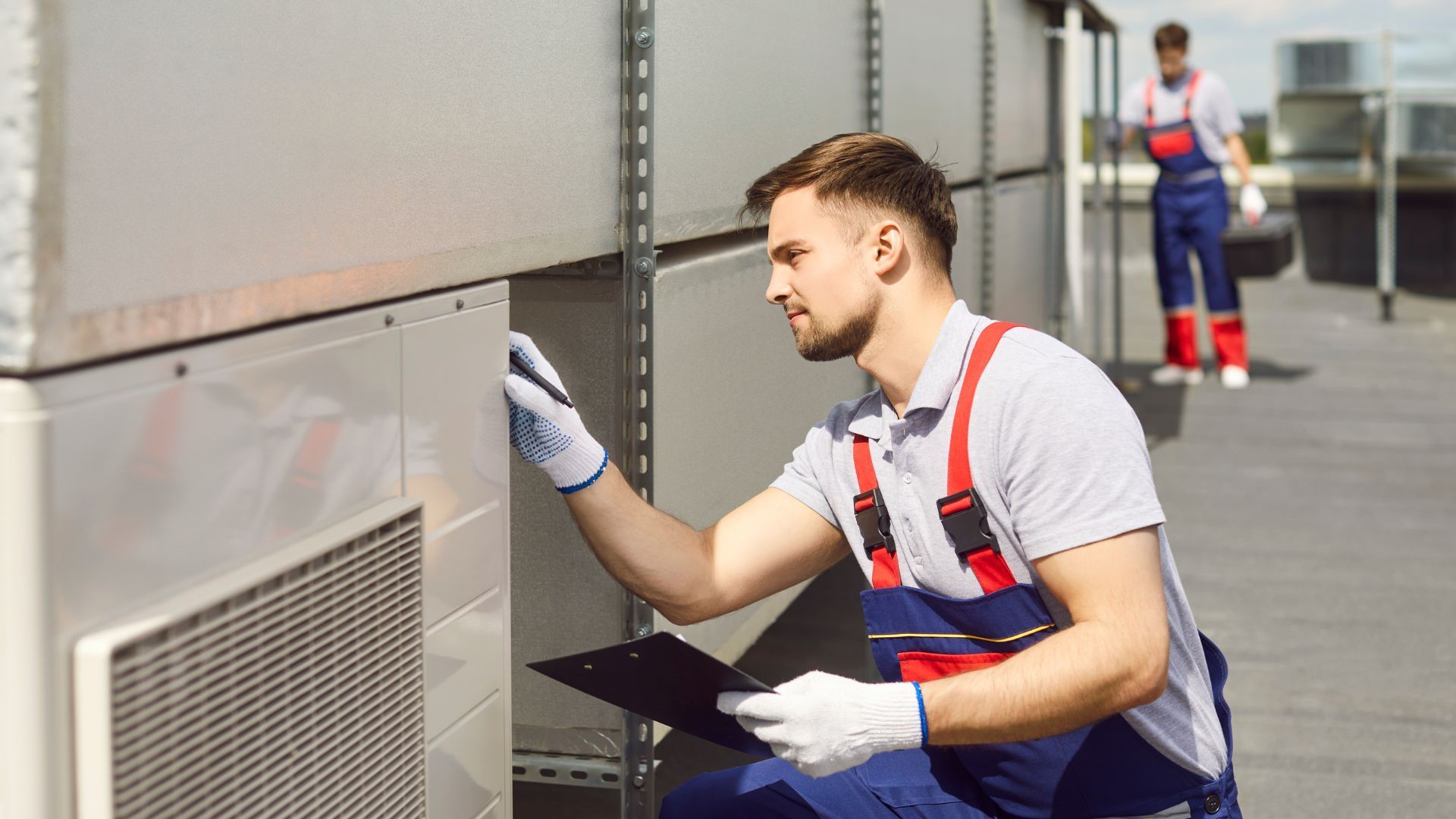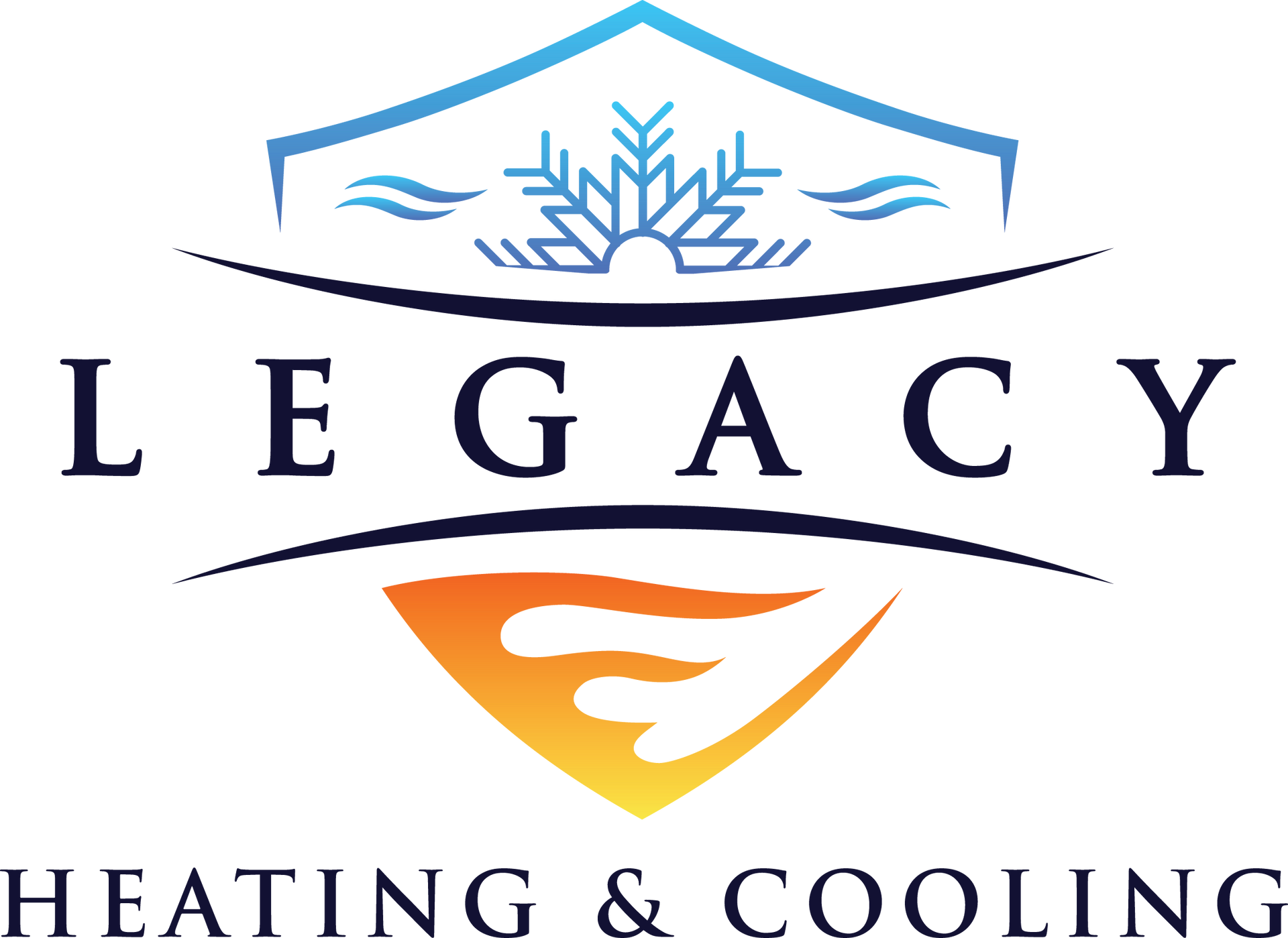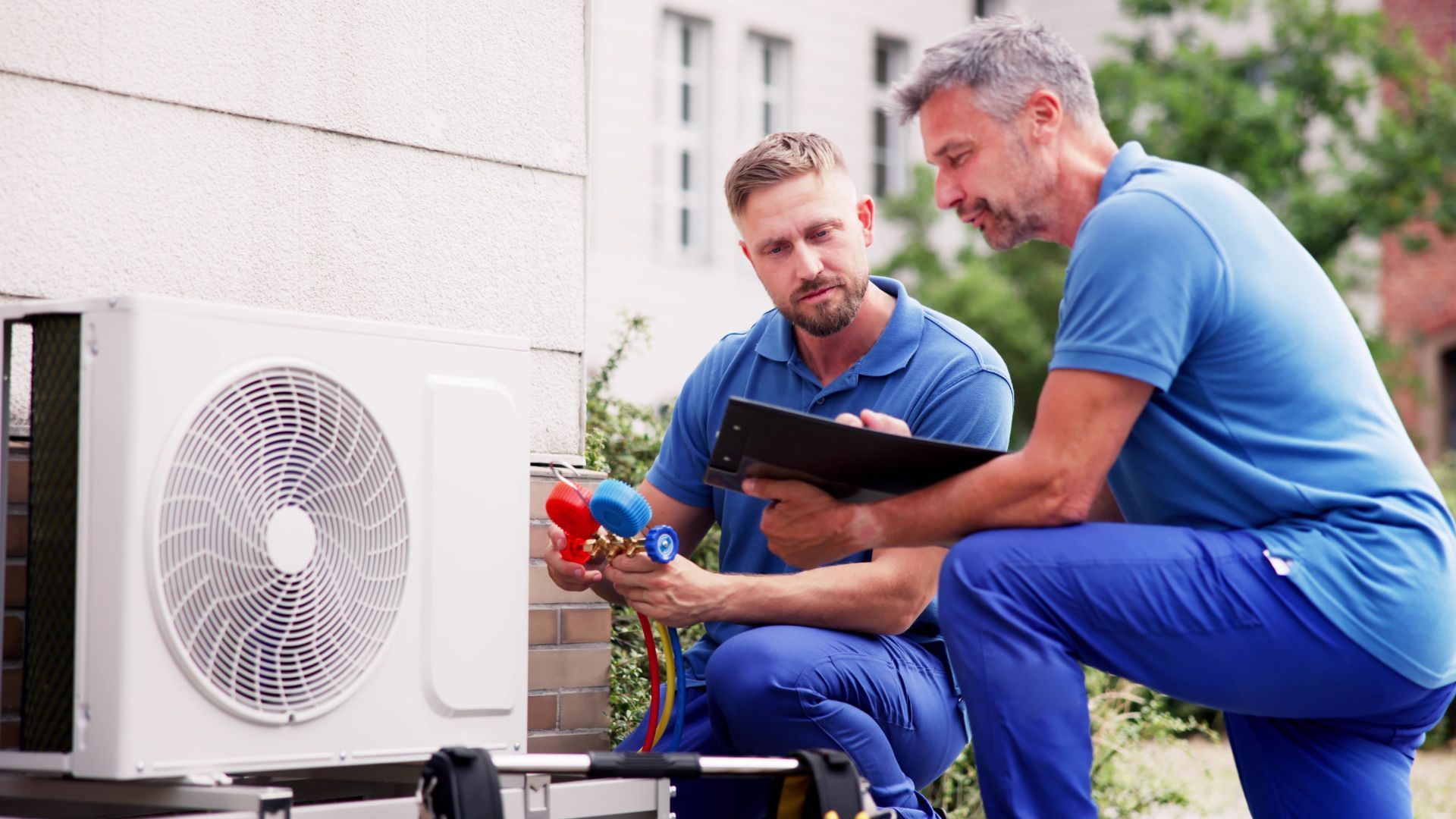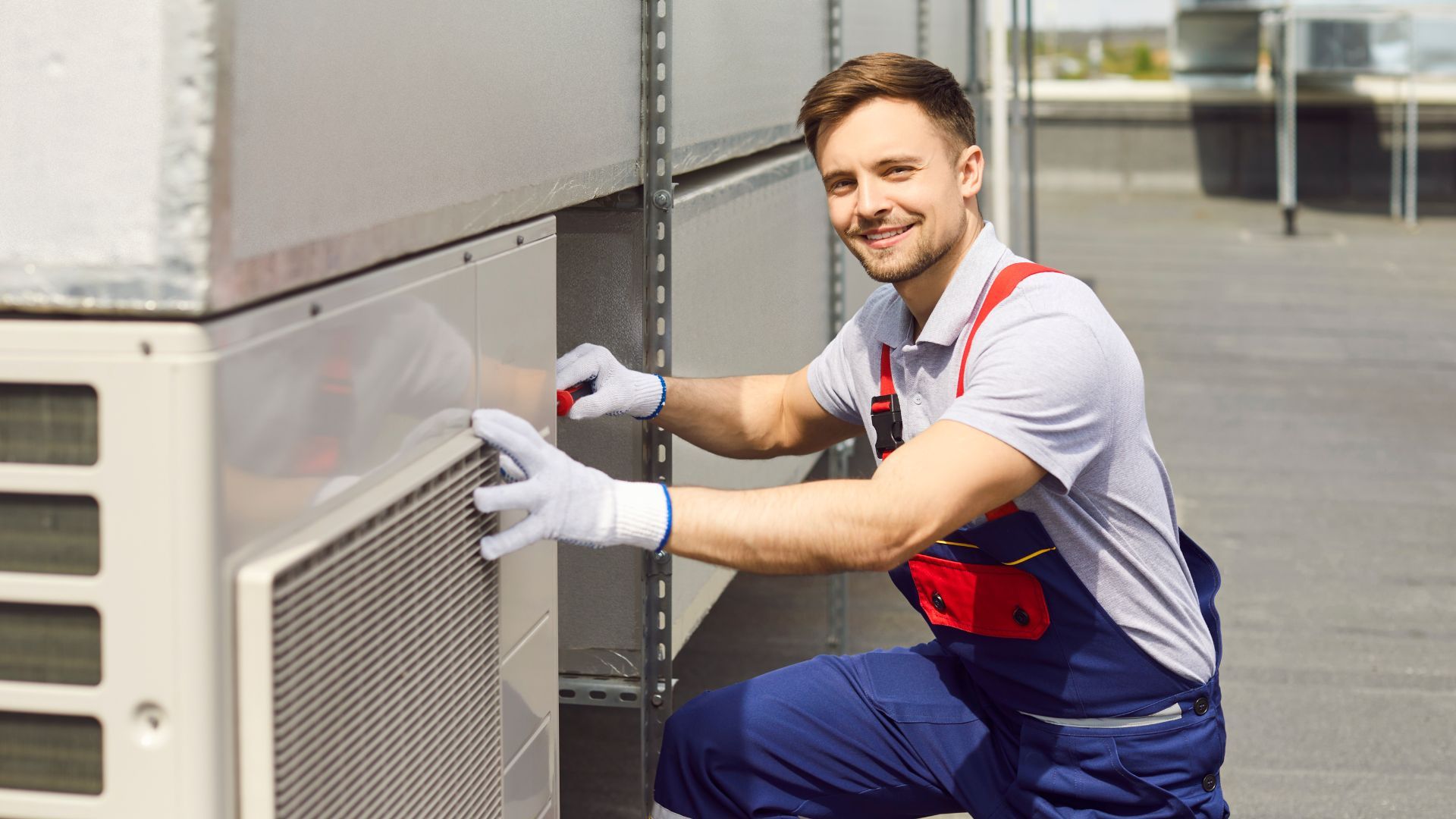Expert HVAC Air Conditioning Repair Services in Rhode Island for Reliable Home Comfort
A dependable HVAC air conditioning repair service restores comfort, reduces energy waste, and prevents costly system failures in Rhode Island homes and businesses. This article explains common AC problems in the Rhode Island climate, shows how technicians diagnose and fix those issues, and outlines practical steps property owners can take to troubleshoot before calling for professional help. Readers will learn recognizable failure signs, typical root causes like refrigerant and compressor faults, and the diagnostic workflow that leads from inspection to verified repair.
We also cover emergency expectations, maintenance best practices, and how local service areas are handled across Providence, Warwick, and Cranston. Throughout, the content uses clear checklists, step-by-step diagnostics, and reference tables to make decisions faster and to target common "how to" and "what are" queries for AC repair in Rhode Island.
What Are the Most Common AC Repair Issues in Rhode Island?
Central air systems in Rhode Island often show the same core problems due to coastal humidity, seasonal temperature swings, and typical residential installation patterns. These issues degrade cooling performance, raise energy bills, and in some cases create safety risks when electrical or refrigerant faults are present. Understanding the most frequent failures helps homeowners prioritize safe, timely interventions and decide whether a technician visit is needed. Below are the most common AC problems local technicians encounter and the immediate homeowner actions to consider.
The most frequent AC problems include:
- Not cooling adequately: The system runs, but indoor temperatures stay high, indicating airflow, refrigerant, or compressor problems.
- Short cycling: The unit turns on and off frequently, which stresses components and often signals thermostat, wiring, or refrigerant issues.
- Strange noises: Grinding, squealing, or banging can indicate motor, fan, or compressor failure that requires inspection.
- Refrigerant leaks: Visible ice on coils or reduced cooling often points to low refrigerant and needs licensed handling.
- Poor airflow: Weak vents usually mean clogged filters, blocked ducts, or blower motor problems.
These common problems map to clear homeowner steps: check filters and thermostat settings, look for visible leaks or ice, and note unusual sounds or odors before contacting a professional.
Recognizing these symptoms leads directly to practical diagnostics that technicians perform during on-site visits.
Different AC problems present distinct symptoms and typical quick actions for homeowners and technicians.
| Problem | Typical Symptoms | Likely Cause / Quick Action |
|---|---|---|
| Insufficient cooling | Warm indoor air, long run times | Low refrigerant, dirty coils — check filters, call for pressure check |
| Short cycling | Frequent on/off cycles | Thermostat or capacitor issues — verify settings, schedule a diagnostic |
| Unusual noises | Grinding, squealing, popping | Worn bearings or loose components — power down and arrange inspection |
| Refrigerant leak | Frost on the evaporator, a hissing sound | Leak requires certified repair and recharge — avoid DIY refrigerant handling |
| Poor airflow | Weak vent output | Clogged filters or duct issues — replace filter, inspect ducts |
This table highlights quick homeowner checks and the likely technician actions that restore reliable cooling. Understanding these mappings shortens diagnosis time and helps prioritize emergency versus routine service.
How to Identify Signs of a Failing Air Conditioning System
Early detection of a failing air conditioning system begins with observing performance trends and simple checks that reveal stress on components. Reduced cooling capacity, rising energy bills, irregular cycling, and unusual noises are primary indicators that a system needs attention.
Homeowners can perform quick checks such as confirming thermostat calibration, inspecting and replacing filters, and ensuring outdoor units are free of debris to catch issues early. If basic steps don’t restore normal operation, documented symptoms will accelerate professional diagnosis and help the technician focus on likely causes. These observations naturally lead to specific root causes that commonly stop AC units from cooling effectively.
What Causes AC Units to Stop Cooling Effectively?
AC units fail to cool effectively because one or more critical subsystems—refrigerant circuit, compressor, evaporator/condenser coils, thermostat control, or ductwork—are compromised. Low refrigerant reduces heat-transfer capacity, dirty coils impede airflow and heat exchange, and compressor faults can render the system unable to circulate refrigerant. Electrical problems, such as faulty capacitors or relays, interrupt compressor and fan operation, while thermostat errors lead to incorrect setpoints or failed control signals. Identifying the root cause determines urgency: refrigerant leaks and electrical faults require licensed technicians, whereas filter changes and minor thermostat resets are safe homeowner tasks that can restore performance.
How Does Our AC Repair Process Ensure Fast and Effective Service in Rhode Island?
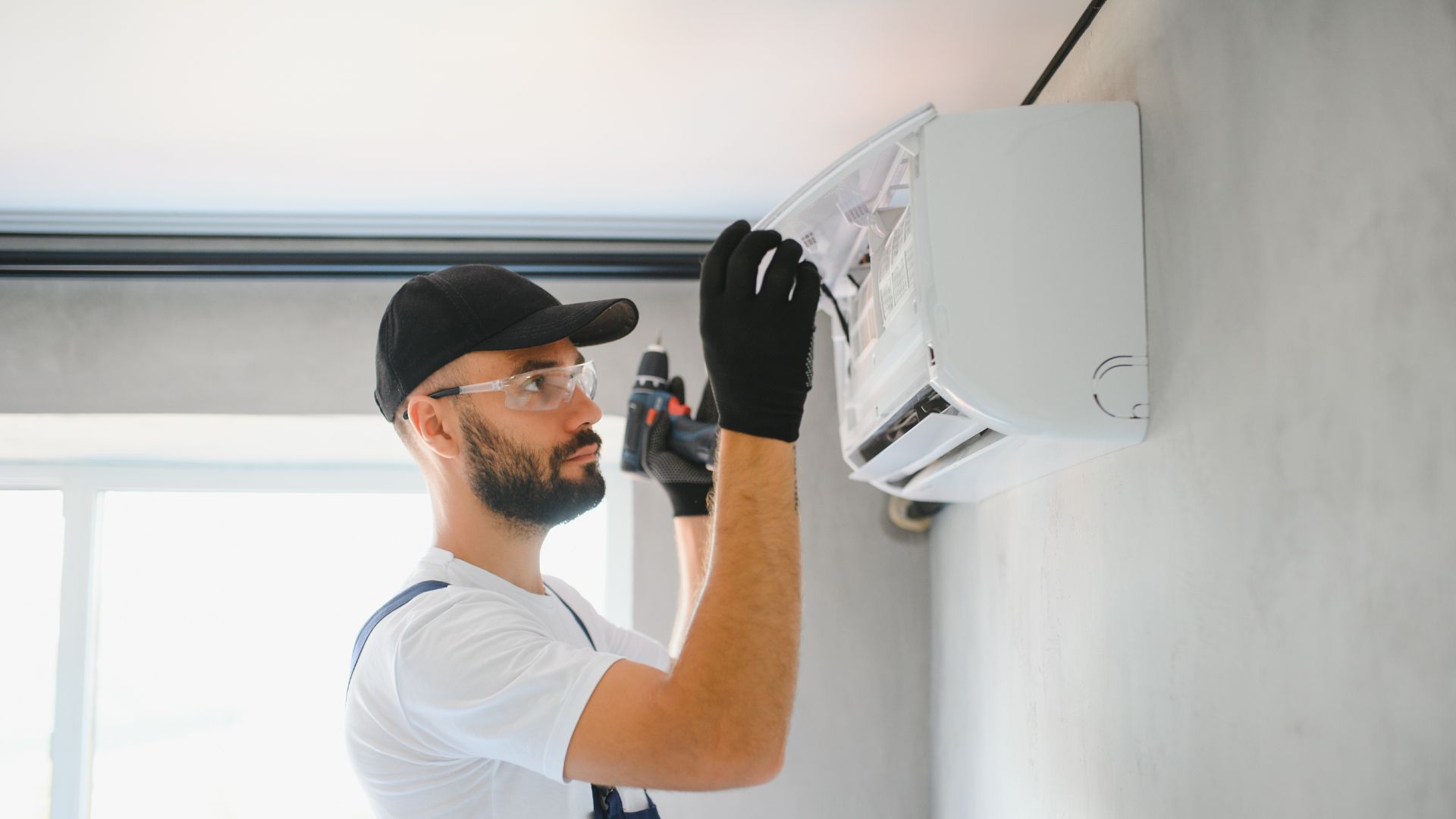
A transparent, stepwise AC repair process reduces downtime by focusing first on diagnosis, then on a clear repair plan that includes testing and follow-up verification. Efficient service begins with remote troubleshooting where possible, followed by prioritized on-site diagnostics that aim to identify root causes quickly and outline repair options. Clear communication about findings, parts needed, and costs helps homeowners choose the right solution without surprises. Below is a concise workflow technicians use to ensure repairs are effective and completed with minimal repeat visits.
Key diagnostic and repair steps typically include:
- Initial triage and history: Collect system history and recent symptom timeline to narrow likely faults.
- Physical and electrical inspection: Check breakers, capacitors, wiring, and visible components for immediate faults.
- Operational testing: Run the system while measuring pressures, temperatures, and airflow to pinpoint failures.
- Transparent estimate: Present repair options with parts and labor considerations before any work begins.
This ordered approach leads to the specific technician activities performed during a diagnosis and why each step matters for a lasting repair.
Technician activities are methodical and designed to give owners confidence in the proposed solution.
| Diagnostic Step | Technician Action | Customer Benefit / Typical Time |
|---|---|---|
| System history | Interview about symptoms and prior work | Focuses on diagnosis; reduces unnecessary testing (10–15 min) |
| Electrical check | Test breakers, capacitors, contactors | Prevents dangerous failures; identifies quick fixes (15–30 min) |
| Refrigerant and pressure check | Measure pressures and inspect for leaks | Determines if recharge or leak repair is needed; avoids recurring failures (20–40 min) |
| Airflow and coil inspection | Measure airflow and inspect coils | Restores efficiency and comfort; guides cleaning or ductwork work (20–30 min) |
The table clarifies what each diagnostic step accomplishes and how it benefits the customer, shortening time to reliable cooling. Clear diagnostics also support informed decisions about repair vs. replacement.
What Steps Are Involved in Diagnosing AC Problems?
Diagnosing AC problems follows a technician checklist that combines customer history, visual inspection, electrical testing, and performance measurements. Technicians begin with a system history to reproduce conditions, then proceed to inspect visible components for wear, corrosion, or debris. Electrical tests verify voltage and component functionality, while pressure and temperature measurements confirm refrigerant circuit health. This sequence ensures that the repair plan addresses root causes rather than symptoms, and it sets expectations for how long repairs typically take and what parts might be required. Clear documentation of findings prepares owners for transparent estimates and timely authorizations.
How Do Licensed HVAC Technicians Perform Repairs and Maintenance?
Licensed HVAC technicians perform repairs using industry-standard safety, diagnostic, and repair practices that prioritize system longevity and indoor comfort. Common repairs include replacing capacitors or contactors, repairing refrigerant leaks and recharging systems by certified handlers, cleaning coils and drains, and adjusting airflow through ductwork or blower service. Preventative maintenance—filter changes, coil cleaning, and system tune-ups—reduces emergency calls and improves energy efficiency. Technicians also validate repairs by retesting operational parameters, ensuring the system meets performance expectations before leaving the site. Following maintenance schedules and professional diagnostics minimizes future failures and extends system life.
Why Choose Legacy Heating & Cooling for Your HVAC Repair Needs in Rhode Island?
When selecting an HVAC partner, homeowners should prioritize technicians who emphasize clear diagnosis, licensed handling of refrigerants, and careful verification of repairs. Look for providers that explain findings, present options, and follow up after service to confirm system performance. Local knowledge of Rhode Island climate impacts—like coastal humidity and seasonal demand swings—helps technicians recommend targeted maintenance and efficiency measures that reduce long-term costs. Choosing a provider that balances diagnostic rigor with transparent communication increases the likelihood of a single-visit resolution and higher uptime for your cooling system.
These related services are included as a client-supplied note and do not assert that the same company offers both service types without direct verification. The next section outlines emergency expectations and customer satisfaction practices to help homeowners understand what to expect during urgent service calls.
What Makes Our Emergency AC Repair Services Stand Out?
Emergency AC repair should prioritize safety, rapid triage, and clear temporary measures that restore cooling until permanent repairs can be scheduled. In an emergency call, expect a technician to assess immediate risks (electrical hazards, refrigerant leaks), implement safe temporary fixes where possible, and communicate whether on-site parts can complete the repair or if follow-up is required. Providers that maintain transparent communication and realistic next-step timelines reduce stress during high-heat periods. Understanding this triage process helps homeowners prepare for emergency visits and know what to document before the technician arrives.
How Do Our Licensed Technicians Guarantee Customer Satisfaction?
Licensed technicians build satisfaction through thorough diagnostics, quality replacement parts, and test-before-complete procedures that confirm systems operate within expected parameters. Satisfaction practices include providing clear, itemized estimates, explaining long-term implications of repair vs. replacement, and offering post-service guidance on maintenance and energy-efficient operation. Follow-up checks or homeowner education on thermostat programming and filter care further reduce repeat calls. These service behaviors create predictable outcomes and help homeowners maintain reliable comfort.
Which Rhode Island Areas Do We Serve for Air Conditioning Repair and HVAC Services?
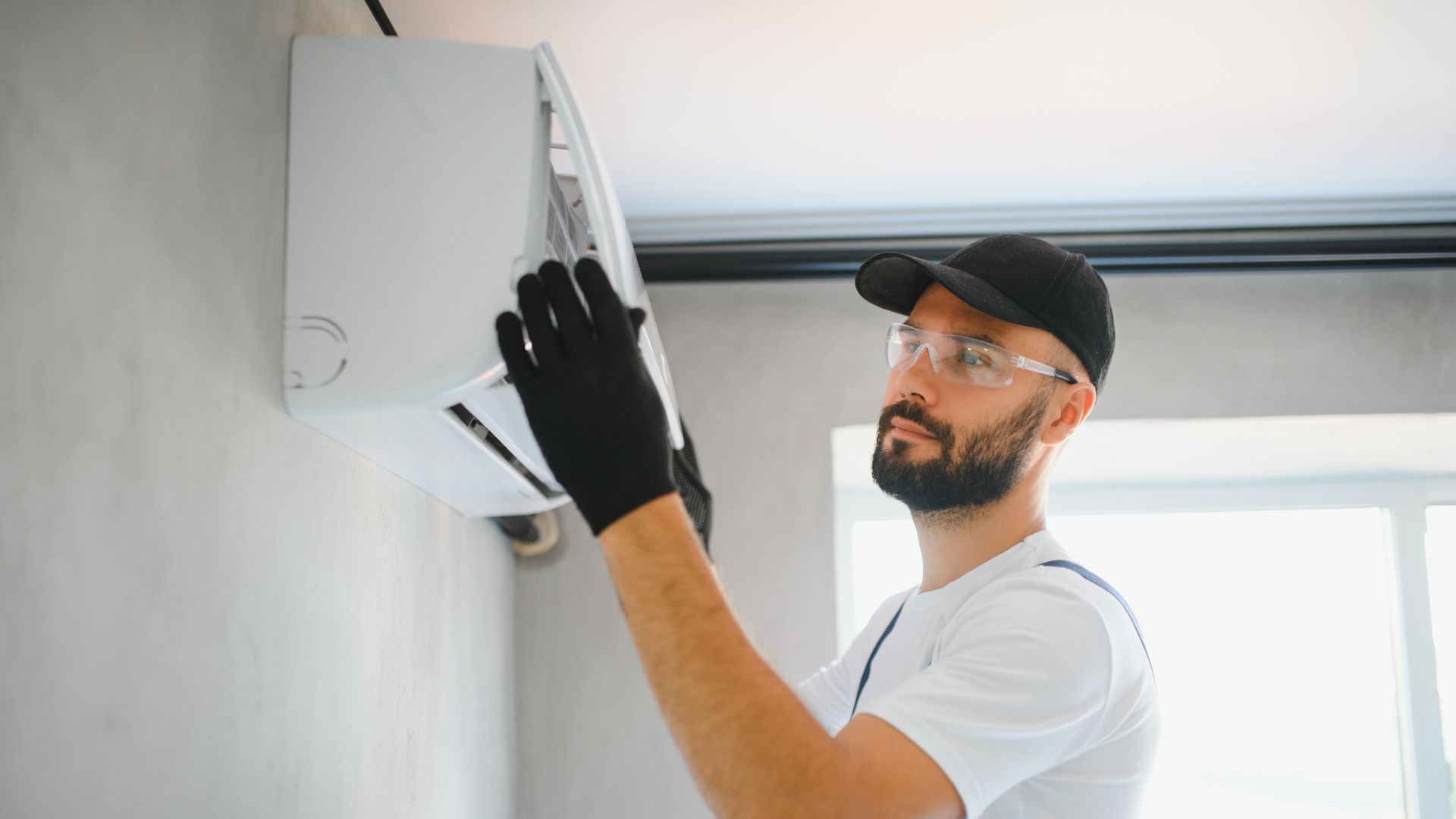
Local service coverage should be clear so homeowners know whether rapid response is available in their town. Providers typically prioritize nearby urban centers while offering appointments to surrounding suburbs with advanced scheduling. For Rhode Island, mention of core localities like Providence, Warwick, and Cranston signals local familiarity and facilitates faster dispatch and parts availability. Customers should confirm availability for specific addresses and service types when requesting appointments to understand travel or scheduling considerations.
| City / Town | Services Offered | Scheduling Note / Typical Response |
|---|---|---|
| Providence | AC diagnostics, repairs, and maintenance | Confirm service type for same-day vs scheduled visits |
| Warwick | Emergency and routine AC repairs | Availability may vary by time of year; confirm when booking |
| Cranston | System diagnostics, refrigerant work, tune-ups | Ask about parts lead times for major component replacements |
This table helps homeowners identify core coverage areas and the practical scheduling considerations that influence response times. Confirming service details when requesting an appointment ensures expectations align with local availability.
What Cities and Towns Are Included in Our Service Area?
Core cities commonly served in Rhode Island include Providence, Warwick, and Cranston, where technicians frequently work on residential and commercial systems. Coverage for nearby towns often depends on appointment type and parts availability, so customers should verify service reach when scheduling. Local providers can usually advise whether an emergency dispatch or a scheduled visit is the appropriate choice based on symptoms and location. Confirming these details at the time of contact reduces scheduling surprises and clarifies expected arrival windows.
How Can Customers Schedule Service in Providence, Warwick, and Cranston?
When preparing to schedule AC service, gather key details to speed diagnosis and appointment setting: system type (central, heat pump, ductless), known symptoms, and any recent maintenance history. Provide preferred availability windows and mention if the issue feels urgent to help prioritize dispatch. Use the provider’s online request form or contact channels to submit this information and expect a follow-up that confirms service options and any preparatory steps. Preparing these details before the call reduces back-and-forth and helps technicians arrive with appropriate tools and parts.
